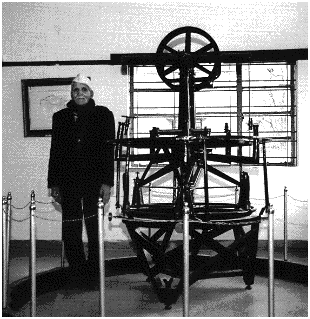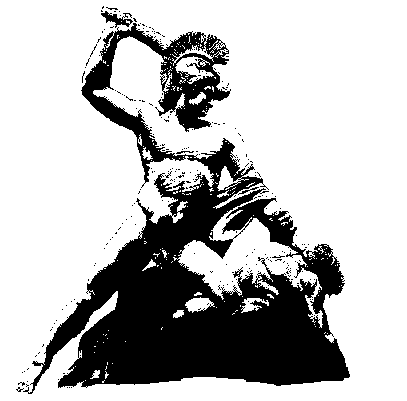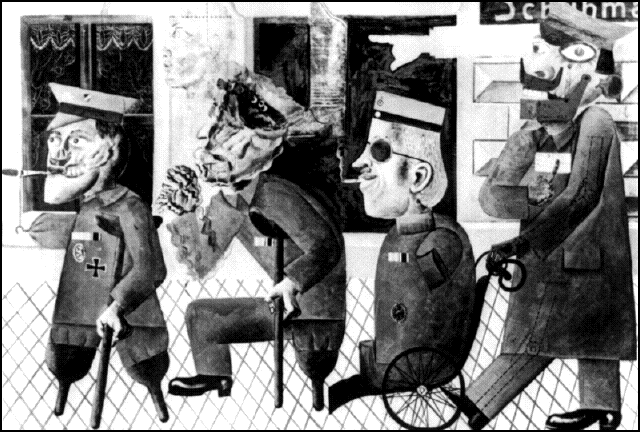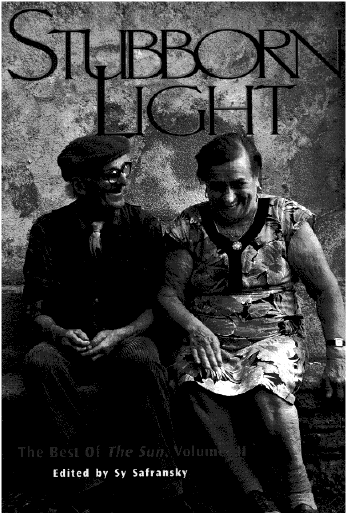The Dramatic Tale of How
India Was Mapped and
Everest Was Named
John Keay
(Harper Collins)
 You don't own countries until you map them. Thus, maps were the key to 16th Century exploration, and Portugal would execute anyone caught smuggling out its precious store of cartography.
You don't own countries until you map them. Thus, maps were the key to 16th Century exploration, and Portugal would execute anyone caught smuggling out its precious store of cartography.George Washington worked as a surveyor, and Lewis & Clark were sent west to capture America on paper for future exploitation. The English knew they didn't own India until it had been measured, and they picked William Lambton to do it --- starting at Cape Comorin, the furthermost point to the south --- and heading north until he ran into the Himalayas.
Surveying was no easy task in 1800, when they began the "Great Indian Arc of the Meridian." Lambton insisted on accuracy, so he had constructed the "Great Theodolite," which, by triangulation, and with measurement of the base line AB could give the angle of the height of the line BC. Don't ask me what I'm trying to explain to you: in the tenth grade, my math teacher more than once sent me out of the room for snoring.
Anyway, in order to measure the base line, the Theodolite had to be perched 'way up there for visibility over the trees. It weighed a half-a-ton and had to be carried up mountains, down arroyos, pulled up to the top of temples for Indian deities (the highest points in the area) --- and Lambton had to argue with the priests who didn't necessarily cotton to having this funny-looking brass doo-dad pulled up atop their religious monuments. In addition, they protested the fact that some of their women could be peered at, through the lens mechanism, upside-down.
With all this pulling and pushing, it's some kind of a miracle that Lambton got as far as he did, with measurements as accurate as they were. Unfortunately, like most the British in 19th Century India, the miasmas got him, and he sickened and died. His job was taken over by a dandy named Col. George Everest who, as we all know, had one of the highest mountains in the world named after him --- Mount George. I just stuck that in to see if you were paying attention.
No one, least of all the Indians, liked working under Everest, who was what Dr. Johnson would call "a prig." On top of that, he pronounced his name funny.
The name, incidentally, was pronounced not "Ever-rest" (like "cleverest"), but "Eve-rest" (like "cleve-rest.")
So the next time someone starts bragging about going up the North Face of Ever-rest, you can start bugging them about their pronunciation.
The travails of Lambton and his successor are somewhat interesting: the hard work necessary for triangulation, the difficulty of measuring the height of a mountain when you can't get within spitting distance of it --- Nepal was closed to the world back then --- and the problems with fog, clouds, and distortions of the atmosphere. All this would make this whole tale moderately interesting as a short article in The National Geographic, but to devote a whole book to what is essentially a tiresome engineering project is, we suspect, a bit of overkill.
25 Centuries of
Great War Writing
John Keegan
(Penguin)

WWII wins the total number of entries with nineteen articles. If you, like most historians, consider WWI and WWII a continuation of the same conflict, 20th Century European wars take up half of the book. We think it's all right to be Eurocentric --- but, if so, you shouldn't be calling your tome The Book of War, especially if you are going to be ignoring the many worthy writings on some not-so-obscure wars.
We get one brief entry on the Crusades, and only from the Arabic side --- yet for that part of the world, because its appalling cruelty, the Christian invasion is still very much on the minds of people who live there, and it still warps relations between the Western powers and middle Eastern governments. We are fond of Onward Christian Soldiers; they are not.
Colonial wars were also champions in gratuitous cruelty, with a stunning loss of life --- but outside of the Indian wars, they are scarcely touched on. The one war from the 19th century that cost the greatest loss of life --- an estimated 20,000,000 --- is not even mentioned: that being the Taiping Rebellion in China, between 1860 - 1864. At about the same time, during the War of the Triple Alliance (1864 - 1870), the population of Paraguay was went from 1,400,000 to 221,000 (Brazil, Uruguay and Argentina lost another 1,000,000 men.) Maybe the editor couldn't find any writings of interest on these conflicts; or maybe he didn't try.

 The Sun magazine has been publishing for almost thirty years --- and this is anthology number three, with almost sixty stories, poems, interviews and articles, running the gamut from psychotherapy to education, from not breathing to total disability, from gardens to hooligans --- with The Sun's specialty --- mothers and fathers and sons and daughters: loving and kind, horrible and cruel, bitter and forgiving, destructive and dying.
The Sun magazine has been publishing for almost thirty years --- and this is anthology number three, with almost sixty stories, poems, interviews and articles, running the gamut from psychotherapy to education, from not breathing to total disability, from gardens to hooligans --- with The Sun's specialty --- mothers and fathers and sons and daughters: loving and kind, horrible and cruel, bitter and forgiving, destructive and dying.